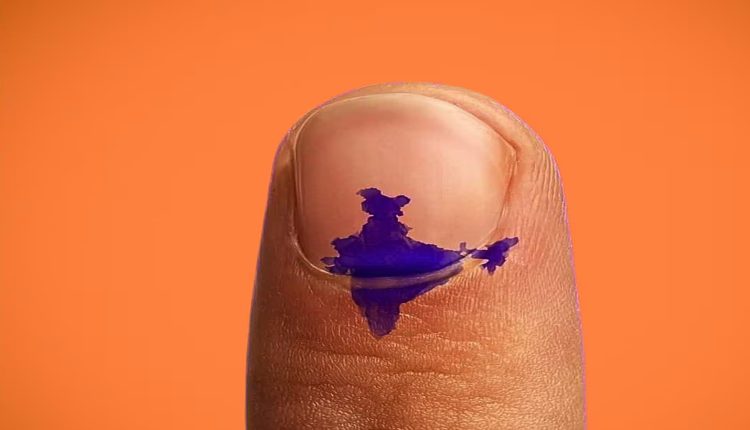New Delhi: Imagine a single day when the entire country heads to the polls, voting for both Parliament and state assemblies in one go. Sounds like a game-changer, right? That’s the idea behind ‘One Nation, One Election,’ a proposal that’s been making waves in India’s political circles. But as the Bharatiya Janata Party (BJP) pushes this ambitious reform, it’s hitting some serious roadblocks.
From logistical nightmares to political pushback, let’s unpack what’s happening with this bold plan:
The Big Idea
The concept of simultaneous elections isn’t new — it was how India voted in its early years after Independence. But over time, state and national elections drifted apart, creating a near-constant cycle of polls. The BJP, backed by Prime Minister Narendra Modi, wants to bring back synchronised elections to save time, money, and resources. The plan? Hold Lok Sabha and state assembly elections together, with local body polls following within 100 days. A high-level committee led by former President Ram Nath Kovind has given the green light, and a bill is now before a Joint Parliamentary Committee (JPC) for scrutiny.
Why It’s A Tough Sell
Sounds simple, but it’s anything but. For one, aligning election cycles across states is a logistical puzzle. Some state assemblies might need their terms cut short or extended to sync with national polls, which could spark legal and political battles. Then there’s the question of what happens if a government falls mid-term — would fresh elections disrupt the entire cycle? The Election Commission of India is also grappling with practical challenges, like needing double the number of electronic voting machines (EVMs) and voter-verifiable paper audit trails (VVPATs) to pull this off.
Politically, the idea is a hot potato. While the BJP and some allies like it, Opposition parties are skeptical. They argue it could tilt the playing field toward national parties, sidelining regional players who thrive in state-focused campaigns. Smaller parties worry their voices might get drowned out in a mega-election dominated by national issues. The JPC, tasked with reviewing the bill, has its work cut out as it tries to address these concerns and build consensus.
BJP’s Outreach Game Plan
The BJP isn’t sitting idle. The party has launched a nationwide campaign to drum up support, reaching out to political leaders, intellectuals, and the public. They’re banking on the Kovind committee’s report, which claims simultaneous elections could save billions of rupees and free up administrative resources. The party’s top brass, including PM Modi, has been vocal about the benefits, framing it as a step toward a more efficient democracy. But with the Opposition digging in its heels, the BJP faces an uphill task to win over doubters before the next Parliament session.
What’s Next?
The JPC is currently poring over the bill, holding consultations to iron out the kinks. The central government hopes to table it in the upcoming Parliament session, but the clock is ticking. If passed, the bill could reshape India’s electoral landscape, but it needs two-thirds support in both houses of Parliament and ratification by at least half the states —a tall order. For now, the debate is heating up, and all eyes are on how the BJP navigates this complex terrain.
The Road Ahead?
‘One Nation, One Election’ is a bold vision that could streamline India’s chaotic election schedule, but it’s no walk in the park. From logistical headaches to political resistance, the road ahead is fraught with challenges. As the BJP ramps up its outreach and the JPC dives into the details, the nation watches to see if this grand idea can become reality. Will India embrace a unified polling day, or will the complexities prove too much? Only time will tell.



Comments are closed.